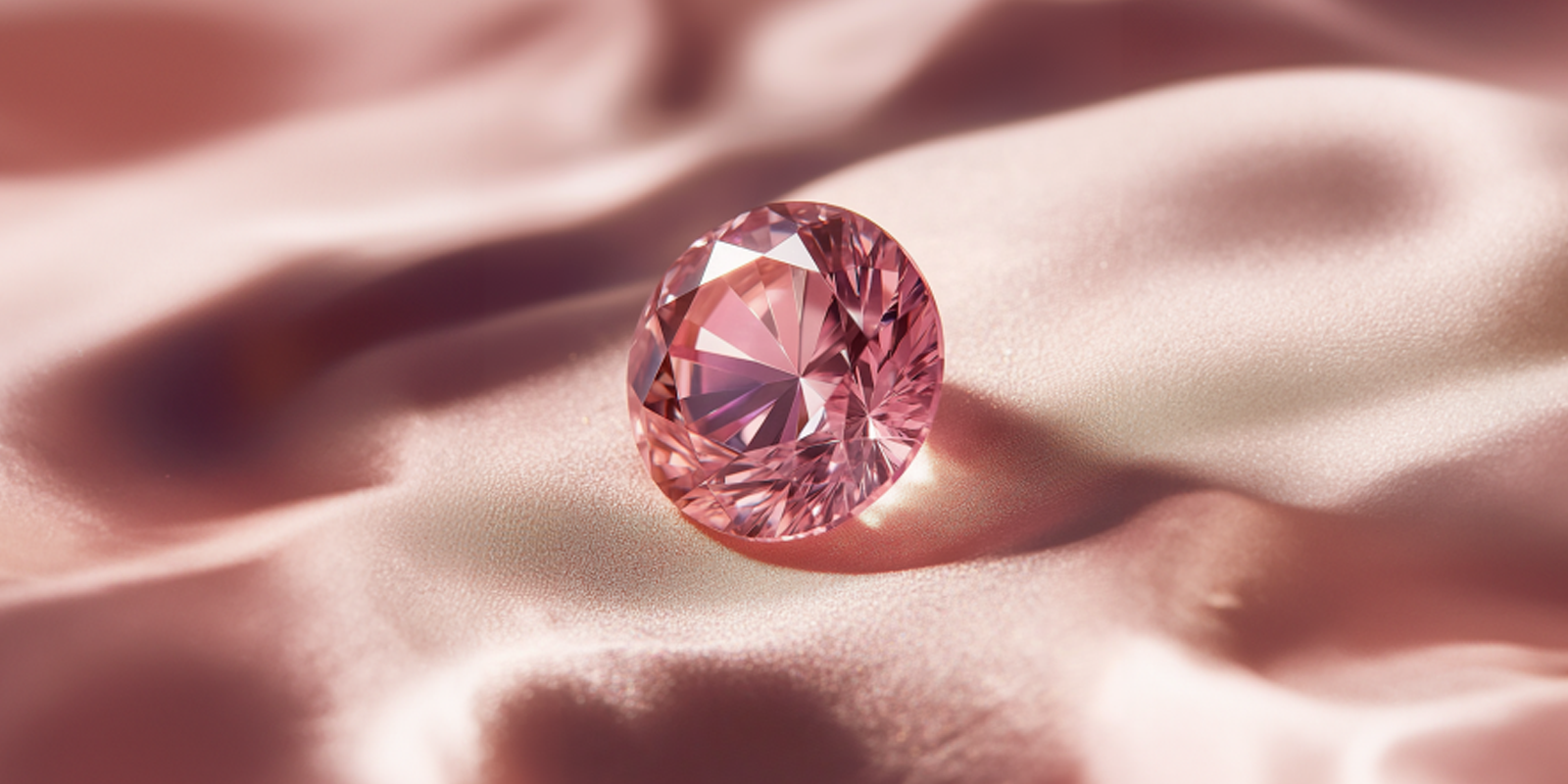Gems Redefined: The Science of Creating in Labs
Recently, the realm of luxury gemstones has experienced a significant transformation, primarily driven by the rise of lab grown diamonds. These gorgeous stones, which replicate the beauty and brilliance of their authentic counterparts, are changing our understanding of value, sustainability, and ethical consumption in the jewelry industry. As consumers increasingly seek alternatives to earth-mined diamonds, lab grown diamonds have emerged as a compelling option, offering a combination of scientific innovation and timeless elegance.
The process of creating lab grown diamonds is as fascinating as the gems themselves. Through advanced technological methods, these diamonds are crafted in managed environments that imitate the natural conditions under which diamonds form deep within the Earth's core. By harnessing the power of technology and embracing sustainability, lab grown diamonds are not only transforming luxury but also paving the way for a more sustainable future. In this article, we will examine the intricate methods of lab diamond creation and explore what sets these gems apart, including a rare carat review that highlights their individual traits.
Understanding Synthetic Diamonds
Man-made diamonds are stones that possess the identical physical, chemical, and optical characteristics as earth-mined diamonds. They are made using cutting-edge technological methods that simulate the environment under which natural diamonds form within the Earth. This novel technique allows for the manufacturing of diamonds that are not only visually stunning but also responsibly obtained, providing an appealing alternative for conscious consumers.
The two approaches for creating lab-grown diamonds are High Pressure High Temperature and Chemical Vapor Deposition. The HPHT technique duplicates the high heat and pressure found in the Earth's depths, where natural diamonds form. Meanwhile, CVD utilizes carbon-rich gases to apply carbon atoms onto a substrate, gradually creating diamond crystals. Both methods yield diamonds that can surpass or even better the quality of mined stones.
Man-made diamonds come in various forms, sizes, and qualities, often with features analogous to their genuine equivalents. They are usually assessed using the identical criteria as conventional diamonds, including the famous four Cs: carat weight, transparency, shade, and cut. Understanding these factors is vital for anyone planning a purchase, as they directly influence the diamond's aesthetic and value, making lab-created choices an desirable choice for fine jewelry and further fine jewelry.
Assessing Carrot Quality
When considering synthetic diamonds, one of the most crucial factors to note is the carat weight. Carat represents the size and mass of the diamond, with 1 carat equaling two hundred milligrams. In general, the higher the carat weight, the more substantial the diamond looks, and this impacts its worth. However, buyers should not only concentrate on carat weight, as this does not reflect the diamond's entire quality or aesthetic attractiveness.
Alongside carat weight, the shape of the diamond greatly influences in how the stone sparkles and reflects light. A well-cut diamond can look bigger and more brilliant than a poorly cut diamond of the same carat weight. Therefore, when evaluating a diamond's worth, it is important to consider how the cut enhances its beauty together with its carat size. A harmonious combination can lead to a more striking appearance.
Finally, lab-grown diamonds often provide an impressive range of carat choices compared to their natural counterparts. This availability allows buyers to choose a diamond that suits their financial plan and desired size without sacrificing quality. Buyers should take advantage of the selection and evaluate numerous options, considering both carat weight and cut quality to ensure they find the perfect stone that meets their expectations.
The Prospect of Diamond Retail
As cultivated diamonds continue to grow in popularity, the realm of diamond retail is undergoing major change. An increasing number of consumers are focusing on responsible sourcing and environmental sustainability, making man-made options increasingly appealing. Retailers are now adapting to these demands, providing a broader selection of lab-grown diamonds that meet or outperform the quality of natural stones. This transition not only caters to a developing market but also contributes to redefining the value of diamonds in the mind of consumers.
With breakthroughs in technology and better understanding of production processes, prices of lab-grown diamonds are becoming less prohibitive. This widening access of diamonds allows a wider audience to enjoy the luxury of owning a diamond without the associated guilt attached to mining practices. Retailers are leveraging this trend by creating increasingly captivating and educational shopping experiences, emphasizing the distinct features and benefits of lab-grown gems to educate buyers on their choices.
As the market expands, we can expect witness new retail structures emerge, including digital marketplaces and auto-replenishment services that make easier easier access to lab-grown diamonds. The fusion of clarity in sourcing, improved customer education, and creative retail strategies will probably shape the future of the diamond industry. Retailers will have to adjust to changing consumer expectations, ensuring that they showcase the value proposition of lab-grown options, ensuring the future of diamond retail remains bright and evolving.
